How to grow greens on a Windowsill in winter |
Many people grow green onions on the windowsill. In addition to it, other greens are also suitable for winter cultivation. The main feature of these crops is that they easily tolerate a lack of sunlight and grow very quickly: in just 2-3 weeks they can please you with juicy greens. At the same time, watercress and mustard grow well from seeds in winter, but parsley, celery and onion greens can be obtained faster through forcing. As for basil, it reproduces well by cuttings.
Watercress on the windowsill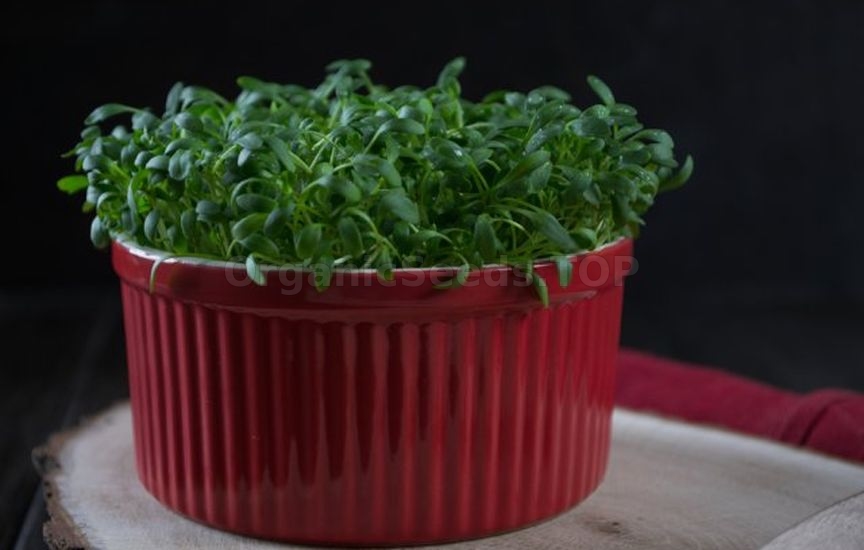 This is not only an unpretentious fast-growing green, but also a very useful product for the human body, since it normalizes blood pressure and relieves insomnia. Watercress grows well without soil. Place a layer of porous paper, cotton wool or hydrogel on the bottom of the growing container. Moisten the base well and sow the seeds. Cover the container with planted seeds with cling film for the first few days, until germination, and place in a warm, shaded place. When the seeds sprout together, remove the film and place the container on the windowsill. Do not forget to turn, water and spray the crops: cress loves moisture. After a few weeks, you can cut the first harvest. The leaves are considered ready for cutting when they grow to 6-10 cm. Leaf mustard on the windowsill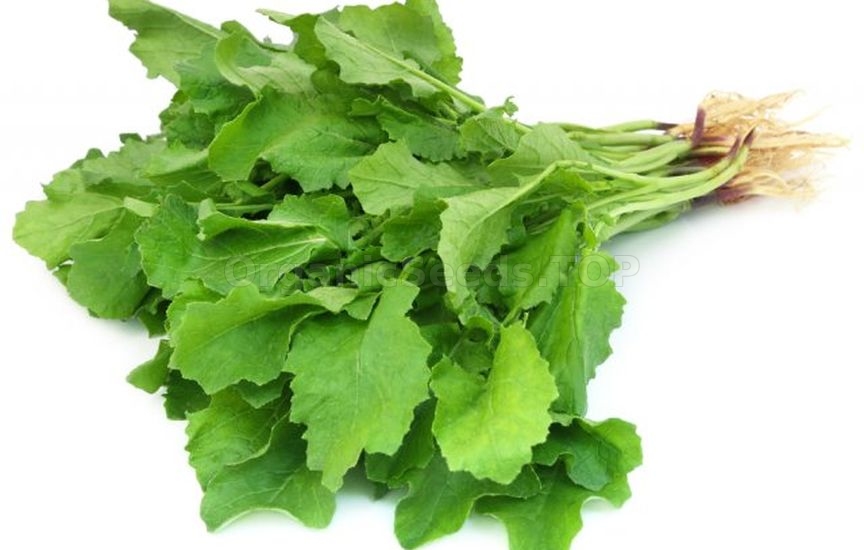 The same method as watercress is used to grow leaf mustard. Keep in mind that this crop grows well at a temperature of 10-20°C, so place the container with seedlings on a glazed, insulated loggia. In an apartment, it is better to choose the coolest window sill for greens. The rosette of leaves that grows 20-25 days after the emergence of seedlings is suitable for consumption. Leaf mustard will enrich your diet with vitamins B1, B2, PP, ascorbic acid, carotene, calcium salts, magnesium, iron, phosphorus and other useful substances. For faster germination, the seeds can be soaked for 12 hours in a solution of microelements, and then dried until loose. After sowing, place the container with seeds in a warm, shaded place. When the seeds germinate, transfer the mustard to a cool, bright room. Leaf mustard is undemanding to the soil, just like watercress, its seeds can be sown on cotton wool, porous paper, in hydrogel, or in universal fertile soil. Harvesting leaf mustard should be done either by pulling out the entire rosette of leaves from the ground, or carefully cutting off individual leaves and preserving the growth point. Forcing onions for feathers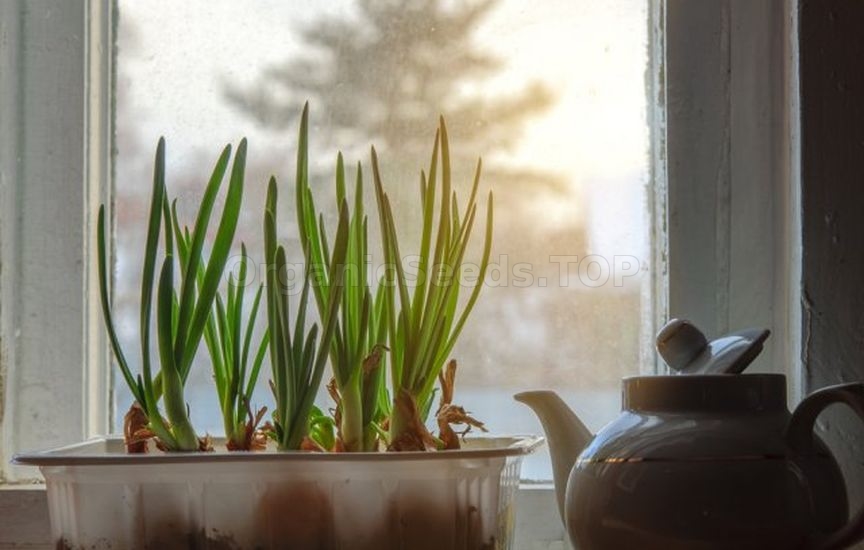 For forcing onions to sprout, choose dense, medium-sized bulbs. To make the feather sprout faster, cut off the top of the bulb. And if you find already "hatched" bulbs, then you do not need to cut anything. A large bulb will give more greenery, but will take up a lot of space. It is better to plant such specimens separately, lowering the bottom with sprouting roots into a container with water. If you plant onions in soil, you can add hydrogel soaked in a nutrient solution to it. It will prevent the soil from drying out, which often happens in indoor conditions. You can use containers of any size for planting. If they do not have holes for draining excess liquid, pour expanded clay on the bottom, and then about half the volume - soil with or without hydrogel. Lightly compact the mixture, plant the bulbs in it close to each other, without deepening them into the soil. Water generously and wait for the harvest. Parsley and celery on the windowsill in winter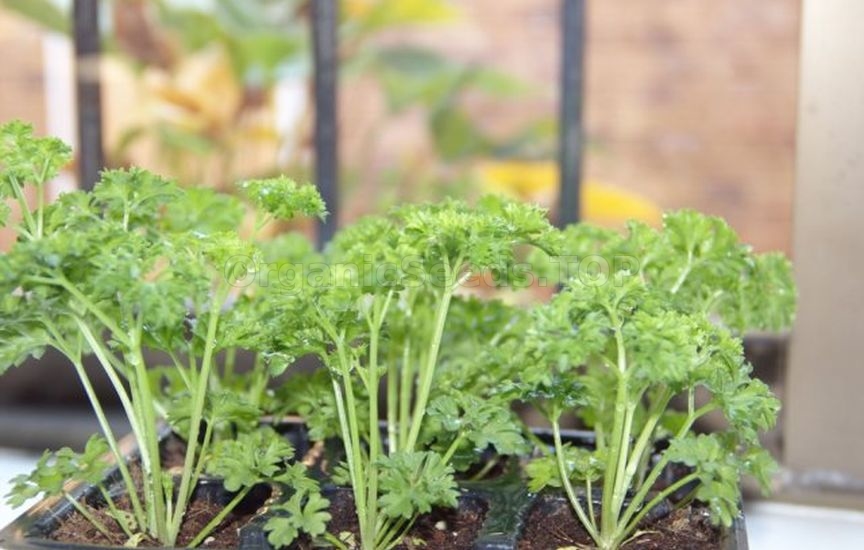 In winter, growing parsley and celery from seeds is not easy. But if you have roots of these plants left in the bins from autumn, you can get greens by forcing. Select small, not over-dried roots and immerse them in water for several hours. Then plant in a pot with soil up to the "shoulders" so that the soil does not get on the growth point of the greens. First, place the containers with roots in a shaded place. After the first leaves appear, the pots should be moved to the brightest windowsill, because parsley and celery are very demanding of light. Water the plantings no more than twice a week. Cut off the grown greens carefully, leaving a three-centimeter petiole on the root crop. Fresh greens grow back in about a month. Growing basil on a windowsill in winter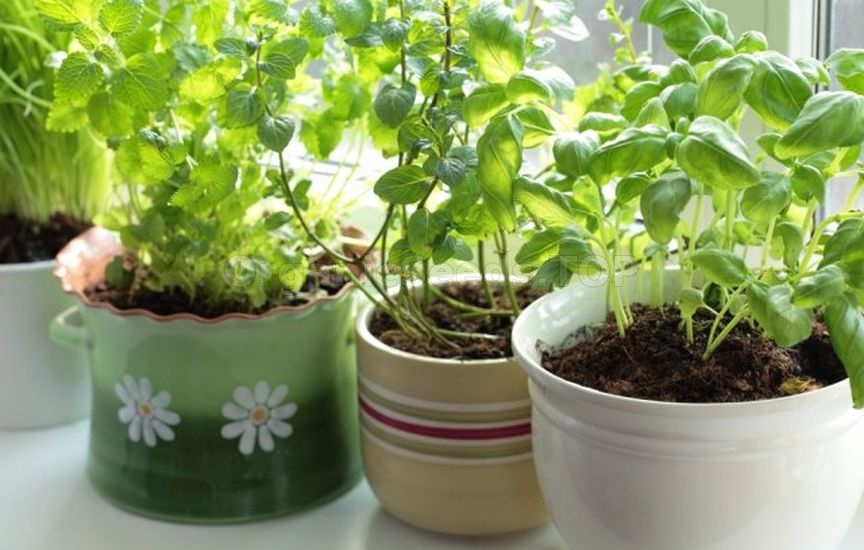 Cuttings are one of the easiest ways to get basil greens in winter. The main difficulty is to find a growing specimen to cut cuttings from, in this case you can try to root even twigs bought in a store. Put 10-15 cm long cuttings in water until roots appear, changing the water every two days. Basil cuttings should be planted in separate pots filled with universal soil. Basil loves light, loose nutritious soil, so pay special attention to the organization of drainage. In addition, basil is very photophilous. Find the brightest windowsill for it and, if possible, illuminate the crops with special LED or fluorescent lamps on cloudy days. Caring for rooted shoots is the same as for adult plants: regularly water them with warm (30 ° C) water, periodically loosen the soil and fertilize. You can harvest basil greens within a month after planting the cuttings in the ground. Growing Swiss chard on a windowsill in winter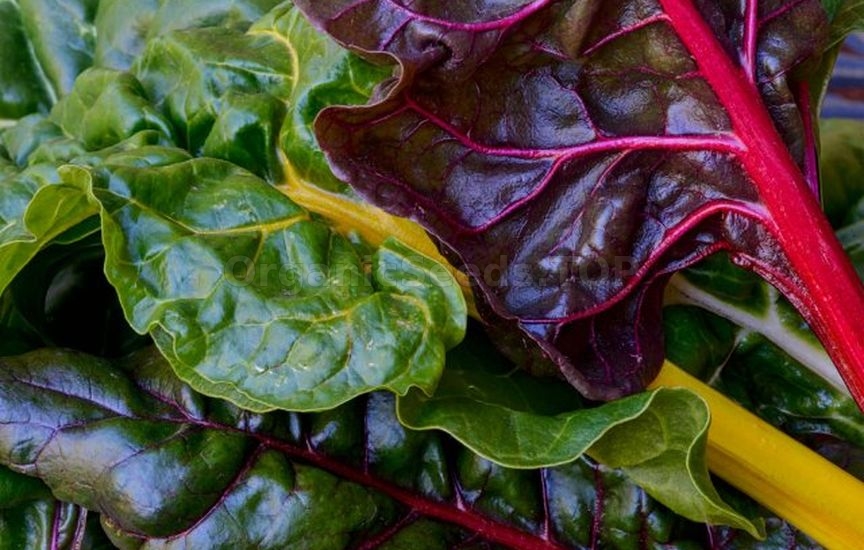 Leaf beet, also known as Swiss chard, can become not only a pleasant addition to the diet, but also an interior decoration, because its petioles and leaves have different and very rich colors. Sow Swiss chard in a mixture of humus, garden soil and coarse sand (1:1:0.5), to a depth of 4 cm. Place the boxes on a sunny windowsill and try to maintain a room temperature of 17-20 ° C. After the emergence of seedlings, the Swiss chard is thinned out for the first time, and when 4-5 leaves form, the second time, leaving 15-20 cm between the seedlings. The removed specimens can be eaten. After 1.5-2 months after the emergence of seedlings, the side leaves of the Swiss chard are carefully cut off. Water and spray it with warm water every 3 days so that the soil does not dry out, and once every 2-3 weeks feed it with a complex mineral fertilizer, for example, Fertika Universal, diluting it according to the instructions. What is witloof and how to grow it on a windowsill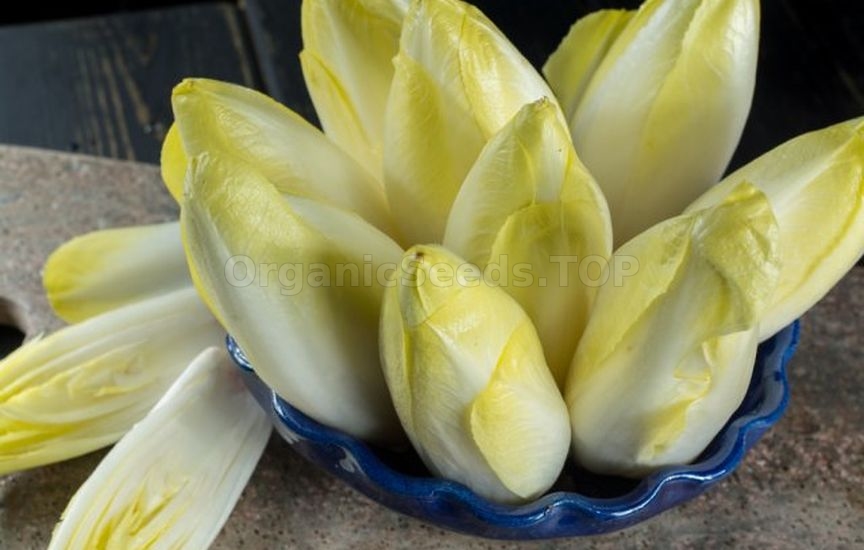 Salad chicory has stumped more than one gardener, because there is a trick to growing it. This crop develops from seeds in two stages, so sowing them on the windowsill right away makes no sense. Witloof seeds are sown in open ground no earlier than mid-May, thinned out after shoots appear and fed with any mineral complex with a high proportion of nitrogen. Caring for the plants is simple - they need to be loosened and watered as the soil dries. At the end of September, the formed root crops along with the leaves are dug up and dried. Then the foliage is cut at a height of 2-3 cm, and the root crops are stored, cleared of roots, in a box with sand, put away in a cool room. Starting in November, the root crops can be planted to force the head part. Trim them to length, sprinkle the cuts with crushed charcoal and plant in a deep (at least 40 cm) box filled with a mixture of sand, soil and high-moor peat. Place the root vegetables in the box close to each other and water carefully so that the root collar does not get wet. Sprout them in a cool (no higher than 15 ° C) and completely dark place. You can harvest as soon as the heads of cabbage break through the soil layer, that is, 2-3 weeks after planting. Chives on the windowsill during the cold period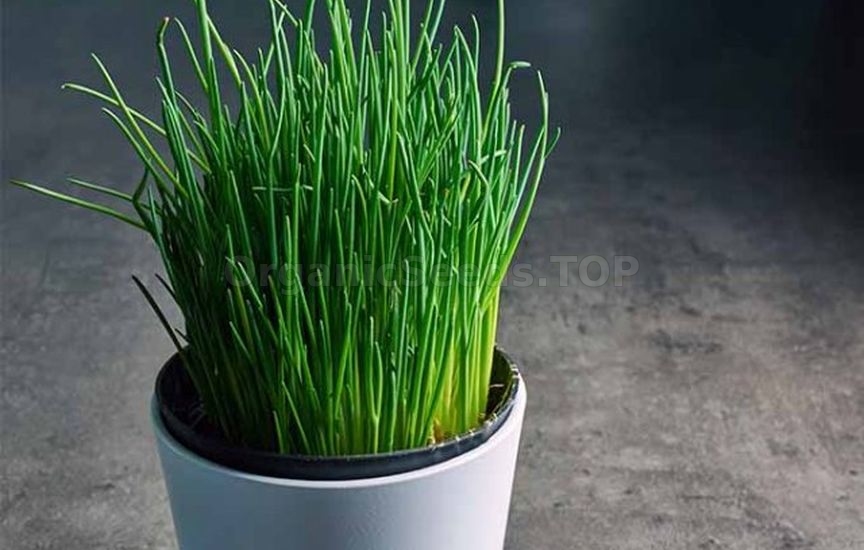 Chives, like ordinary onions, are incredibly easy to grow, especially if you have somewhere to get a piece of a developed bush. But onions will also grow from seeds, although it will take more time. Choose a deep and spacious pot, fill it with light and loose soil, sow chives seeds on the surface. Spray them with water, sprinkle with a centimeter layer of substrate and spray again generously. Cover the pot with film, ventilate every day, but remove it completely only after the shoots appear. Fertilize the chives with a complex mineral fertilizer for greens every two weeks, and when the bushes develop, start harvesting. This is a perennial fast-growing crop, so chives can grow on the windowsill for quite a long time. How to grow arugula on a windowsill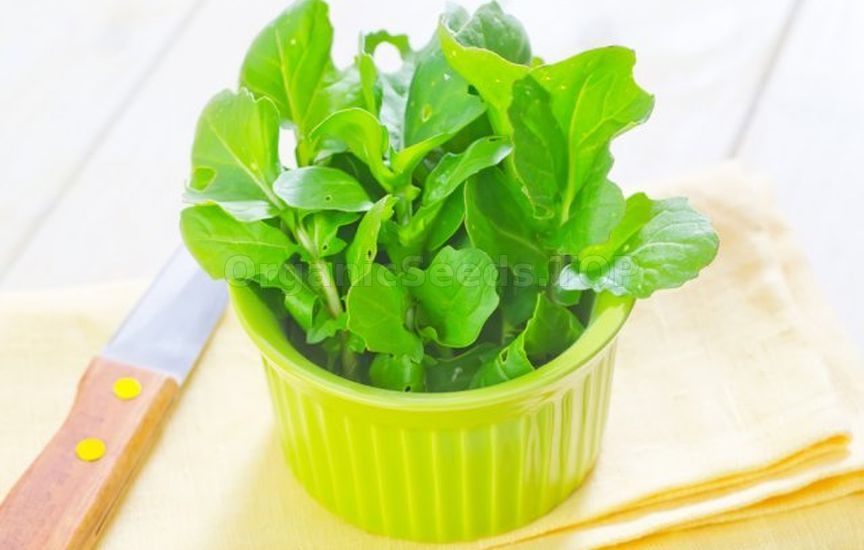 The pleasant nutty taste of arugula adds to the popularity of this crop, and the ease and speed of growing it makes it an indispensable inhabitant of your windowsill. Take a pot 10-15 cm deep and large, fill it with light purchased soil or a mixture of sand, peat and garden soil (1:1:1). Moisten the soil mixture and scatter the seeds over its surface, then spray them again from a spray bottle and cover with a thin layer of soil. Place the box on the northern windowsill, since arugula can "burn" under direct sunlight. Every 10 days, add complex mineral fertilizer to the soil, do not water the seedlings for the first two weeks, but spray them. You can cut arugula 4 weeks after sowing, but it is better to let it grow. As you can see, it is not difficult at all to organize a garden on the windowsill in winter and grow fragrant fresh greens in it. The main thing is to choose the right crops and follow our instructions. You may need:Salad seedsMustard seedsParsley seedsBasile seedsGreen onion |
|
|
